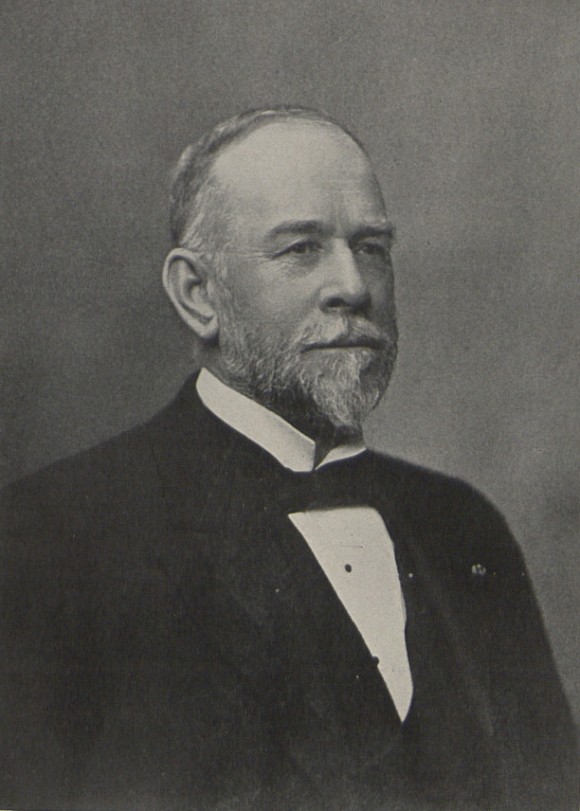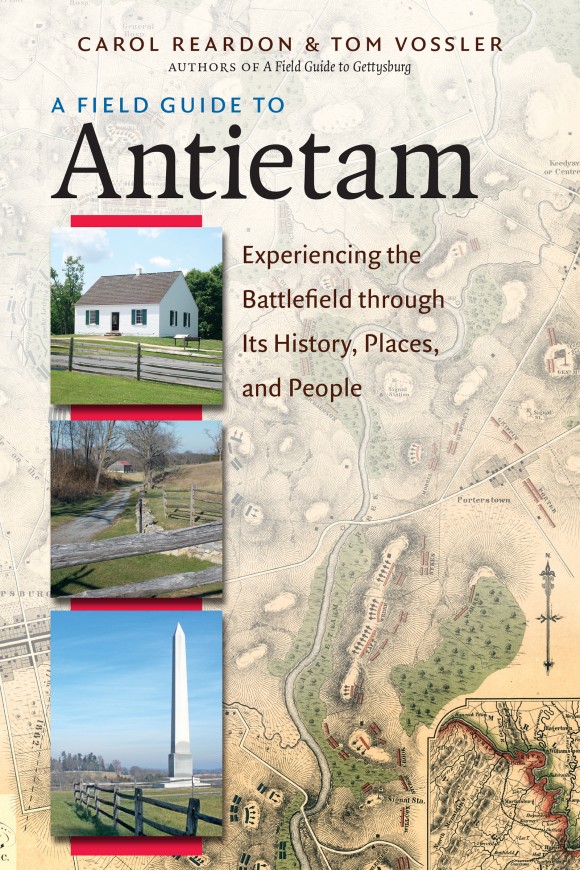
The Battle of Antietam, which happened on Sept. 17, 1862, is considered the bloodiest day in American military history. Historians estimate that about 3,650 Union and Confederate soldiers died during the 12-hour engagement. One of those who fell that day was the brother of a Union colonel who would one day lead what is now called Penn State.
If you are going to the football game, the name may be familiar.
In the following excerpt from “A Field Guide to Antietam,” authors Carol Reardon, George Winfree Professor of American History, Penn State and retired U.S. Army Col. Tom Vossler, write about the heroic actions of Lieutenant Jacob Gilbert Beaver, of the 51st Pennsylvania Infantry, charging across the Rohrback Bridge, more infamously known as Burnside’s Bridge:

On October 10, 1861, twenty-one-year-old First Lieutenant Jacob Gilbert Beaver left his home in Lewisburg and enlisted in Company H, 51st Pennsylvania Infantry. He had not made the decision hastily. As a comrade recounted it, the possibility of death did not concern Beaver, for “he did not leave home until he knew his mother was satisfied that he should go, and that if he were killed, she would be resigned.” No one questioned his bravery. At the Battle of New Bern in North Carolina in early 1862, a superior officer had seen him “dancing like mad on the parapet, among the first to enter the enemy’s works!”
On September 17, at the head of his company, “This gallant officer fell at the bridge. He was struck in the face, and with a single bu rst of oh! He fell over dead.” As his lieutenant colonel noted, he was “young in years but old in experience.”
rst of oh! He fell over dead.” As his lieutenant colonel noted, he was “young in years but old in experience.”
Lieutenant Beaver was the younger brother of Colonel James Addams Beaver, who commanded the newly organized 148th Pennsylvania Infantry that arrived near the battlefield too late to take a part in the action. Colonel Beaver, a future governor of Pennsylvania and future president of what is today Penn State University, suffered a heavy blow with the loss of his brother at Antietam. According to the colonel’s biographer, James’s “grief found expression in a touching letter to his mother, too sacred to be made public.”
— From A Field Guide to Antietam: Experiencing the Battlefield through Its History, Places, and People by Carol Reardon and Tom Vossler. Copyright © 2016 by the University of North Carolina Press. Used by permission of the publisher. www.uncpress.unc.edu
Read more about the Battle of Antietam and A Field Guide to Antietam.

Hello — glad you liked the story. And thanks for the clarification.
Fascinating story. I was not familiar with Gov. Beaver’s younger brother’ service. Gov. Beaver was certainly a major figure in the development of Penn State in the nineteenth and early twentieth centuries. One small correction, Beaver served as “Acting President” upon the death of President Atherton, from 1906 to 1908. He was not president.